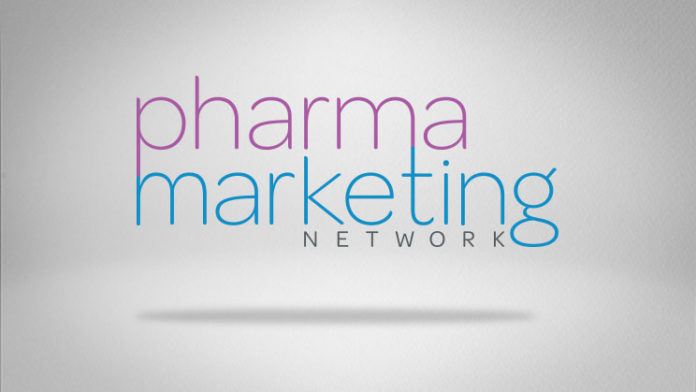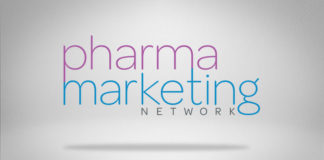FDA. officials say they “deal” with 54,000 drug promotions each year, aimed at both doctors and consumers (see NY Times article: “Showdown Looms in Congress Over Drug Advertising on TV“). A couple of these promotions stood out from the rest — a wall calendar and a dry erase board for Evoxac Capsules submitted by Daiichi Sankyo, Inc. (Daiichi) under cover of Form FDA 2253 (Transmittal of Advertisements and Promotional Labeling for Drugs and Biologics for Human Use).
Form 2253 is used by drug companies when submitting promotional materials to the FDA for review, usually after the promotions are distributed.
In this case, the FDA found a problem with the Evoxac materials and issued a warning letter to Daiichi saying, in part, “These promotional materials are false or misleading because they present efficacy claims for Evoxac but fail to communicate information about the risks associated with its use. Thus, your wall calendar and dry erase board misbrand Evoxac in violation of the Federal Food, Drug, and Cosmetic Act (Act), 21 U.S.C. §§ 352(a) and 321(n).”
 The FDA letter points out a major problem: “the pieces are not designed to allow the risk information to be visible or even accessible.” Note that risk information doesn’t appear on the front of the calendar. That’s because Daiichi put that information on the back of the calendar! Pretty slick.
The FDA letter points out a major problem: “the pieces are not designed to allow the risk information to be visible or even accessible.” Note that risk information doesn’t appear on the front of the calendar. That’s because Daiichi put that information on the back of the calendar! Pretty slick.
The letter says:
“The wall calendar and dry erase board present effectiveness claims for Evoxac but fail to communicate risk information associated with its use. Risk information for Evoxac is printed on the back of the wall calendar and dry erase board; however, as a practical matter, this information is not visible or even accessible to the viewer. The backs of the calendar and dry erase board are covered with an adhesive and completely obscured by an opaque paper backing to prevent sticking. This backing completely covers all the risk information presented. Furthermore, the wall calendar and dry erase board are designed to be adhered to walls or similar surfaces, so even once the opaque paper backing is removed, the pieces are not designed to allow the risk information to be visible or even accessible. Presenting risk information in this manner is not sufficient to ensure that the claims in each part of the wall calendar and dry erase board are truthful and non-misleading. As a result, the pieces misleadingly suggest that Evoxac is safer than has been demonstrated by substantial evidence or substantial clinical evidence. We note that, even if the information on the back of the calendar or dry erase board could be accessed (i.e., the materials did not adhere to the wall and could be flipped), the misbranding would not be cured. Your failure to include any risk information on the front of these materials cannot be corrected merely by including that information in another part of the materials. Rather, there must be some disclosure beyond a disclaimer in the same place in which the effectiveness claims appear.”
What was Daiichi thinking?
Maybe Daiichi figured its Form 2253 submission would get lost in the shuffle of 54,000 other submissions. Or maybe Daiichi knew it could distribute the calendars and the FDA would not require recalling them. FDA merely “requested” that Daiichi “immediately cease the dissemination of violative promotional materials for Evoxac such as those described above.”
FDA warnings letters are often characterized as “closing the barn doors after the cows have left.” This is just another example.









![6 Digital Tools at the Center of Healthcare Digitalization [INFOGRAPHIC]](http://ec2-54-175-84-28.compute-1.amazonaws.com/pharma-mkting.com/wp-content/uploads/2021/04/6DigitalTools_600px-100x70.jpg)




